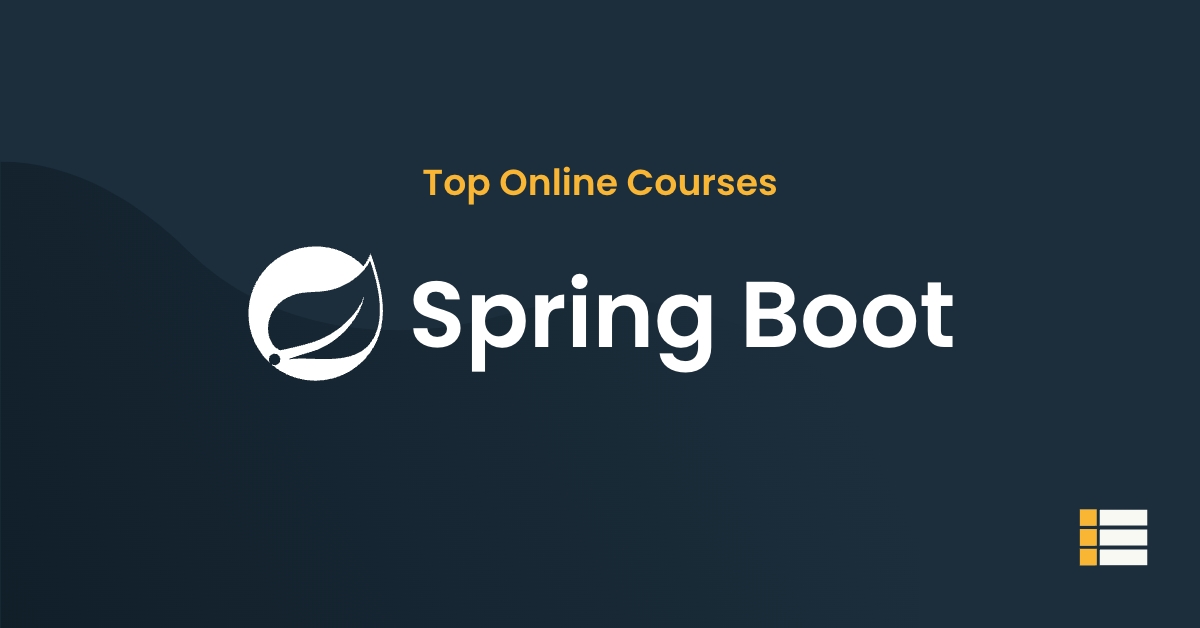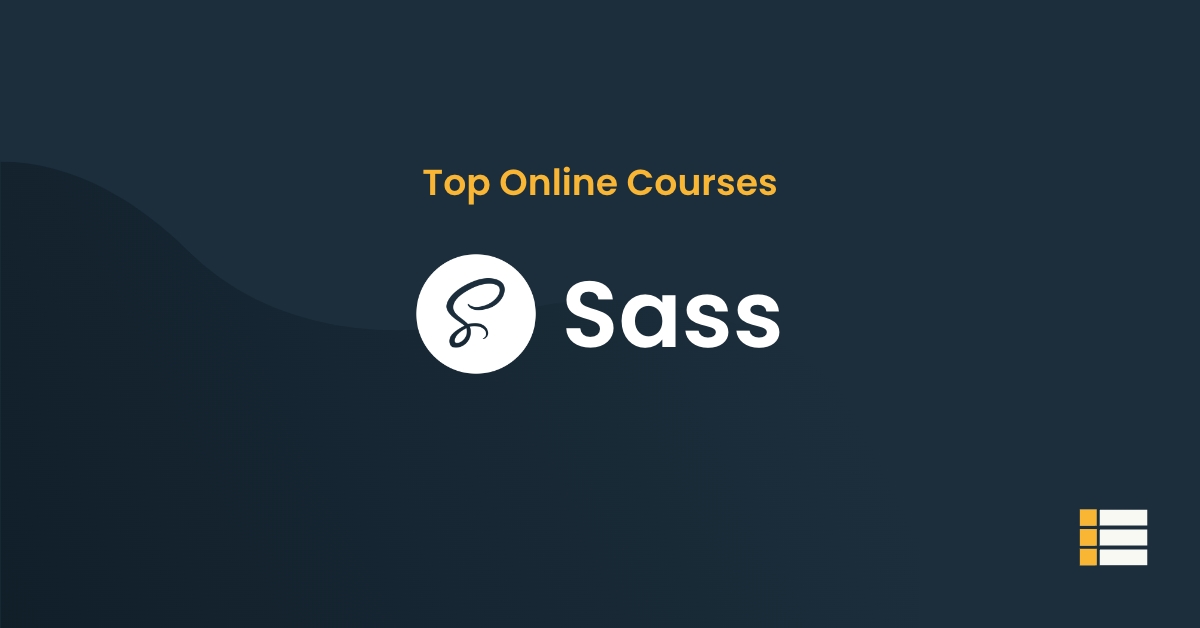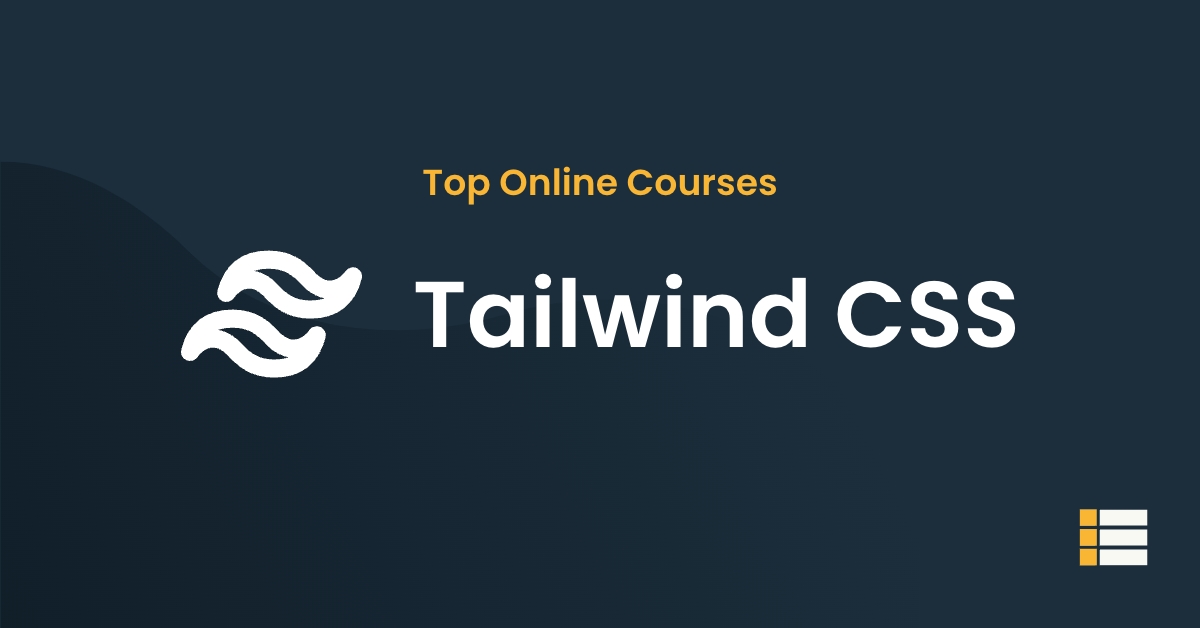Are you interested in learning more about the latest web development trends? If so, then you’ll want to take a closer look at the Spring Framework, a popular Java-based development platform.
Let’s discuss the many advantages of learning the Spring Framework and why it should be at the top of your list when it comes to modern web development.
Table of Contents
Learning Spring Framework Online: A Student’s Guide
Introduction to Spring Framework
The Spring Framework is a popular Java-based application framework that provides an easy and efficient way to build web applications.
It is an open-source, lightweight framework and is well-suited to both enterprise and small-scale projects.
Spring has become the de facto standard for Java enterprise applications and is widely used by developers worldwide. Spring was designed to make software development easier by providing developers with an intuitive, well-structured, and extensible framework.
It is designed to help developers implement enterprise-level applications in an efficient manner, while still allowing them to focus on solving business problems.
Spring helps developers to take advantage of the latest technologies while allowing them to write code that is portable and maintainable. Spring Framework is based on the Model-View-Controller (MVC) pattern and consists of several modules, which work together to build an application.
It includes a library of classes and components that make up the core of the framework. These components are arranged in various patterns, such as Model-View-Controller (MVC), Model-View-Presenter (MVP), and Model-View-ViewModel (MVVM).
Additionally, Spring offers a number of features, such as an advanced Dependency Injection (DI) and an event-driven programming model that helps developers create complex applications quickly and efficiently.
Spring also includes libraries for data access and transactions, as well as support for web services, messaging, security, and integration with other frameworks.
It is highly extensible and allows developers to create custom solutions to fit their specific needs. Spring has a powerful integration framework, which makes it easy to integrate with other frameworks and tools, such as Hibernate, JPA, JDBC, and JavaBeans.
There are three main versions of Spring Framework: Spring Core, Spring MVC, and Spring Web Flow. Each version provides different features and advantages, and they can be used together or as standalone solutions.
Spring Core is the foundation of all Spring versions, providing the core functionality and components needed to create web applications.
Spring MVC provides the UI and controller layers for web applications, while Spring Web Flow provides additional functionality for enterprise applications, such as workflow support, security, and integration.
Spring is a powerful and popular framework for creating robust applications, but it is also important to understand the basics of the framework and its components before getting started. Learning the fundamentals of Spring will help developers to quickly create applications and get them up and running quickly.
Prerequisites to learn Spring
Learning to use the Spring Framework is an important step in the development of many applications, but it can be daunting if you don’t have a good understanding of the prerequisites that you need in order to learn Spring.
To make sure you are ready to use Spring and make the most of it, here are some of the prerequisites to learn Spring:
- Java: Java is the most important prerequisite for learning and using the Spring Framework. You need to have a good understanding of the language’s syntax and features before diving into the framework. This includes such topics as classes, objects, inheritance, collections, exceptions, and JDBC.
- XML: XML is the language used to configure the Spring Framework. You need to be familiar with the basics of XML syntax and structure (see our XML courses), as well as how to use XML elements and attributes to configure the framework.
- J2EE: If you plan on using the Spring Framework with J2EE, then you need to have a good understanding of Java Enterprise Edition (J2EE). This includes such topics as servlets, JSPs, EJBs, and web services.
- An IDE: Although it’s not a hard prerequisite, having an Integrated Development Environment (IDE) such as Eclipse or IntelliJ IDEA is extremely helpful when programming with the Spring Framework. An IDE will provide code completion, debugging tools, and other features that make development much easier.
- Maven: Maven is a build automation tool that is often used to manage a project’s dependencies and build processes. Knowing how to use Maven can be helpful when setting up a project with the Spring Framework.
These are just some of the prerequisites for learning Spring.
There are many other topics to cover, such as web application security, application containers, and design patterns.
However, having a good understanding of the topics listed above will go a long way towards helping you become proficient with the Spring Framework.
Additional Resources
When it comes to learning about the Spring Framework, there are a variety of resources available to help you get started.
Here we will explore some of the best learning resources available for mastering the Spring Framework.
- For those new to the Spring Framework, a great place to start is the official guide. The “Getting Started” guide provides helpful information and tutorials to help beginners understand the basics of the framework and get up and running quickly.
- For those interested in learning the fundamentals of Spring, the official Spring Framework documentation is a great starting point. It covers everything from Spring basics to advanced topics and provides valuable tutorials and example code.
- If you’re looking for a more comprehensive resource for learning about the Spring Framework, The Spring Framework Guru website is a great option. The website provides tutorial videos, articles, and tutorials to help you learn Spring from the ground up.
- If you’re looking to ask questions or connect with other Spring Framework enthusiasts, the official Spring Framework Stackoverflow section is a great place to do so. The forum is filled with knowledgeable users who are happy to lend a hand and answer any questions you may have.
- Learn spring on codeacademy
- Spring: An Overview of the Spring Framework – Java Spring
- Java Enterprise Development with the Spring Framework (Harvard)
- Spring Framework: Spring 5 Fundamentals – Pluralsight
In conclusion, when it comes to learning about the Spring Framework, there is no shortage of resources available.
Whether you’re just starting out or looking to develop your skills further, there is something for everyone.
With the right resources and guidance, anyone can become an expert in the Spring Framework.
Frequently Asked Questions
How long will it take to learn Spring framework?
Learning Spring Framework can take anywhere from a few days to a few months, depending on your background and knowledge of related technologies like Java and web development frameworks. If you are a complete beginner, then you should expect to spend at least a few weeks getting up to speed. If you are already familiar with Java and web development frameworks, then you could be comfortable with the basics in a few days or less. However, to be truly proficient in the framework and all its features, it could take months of study and practice.
Is the Spring framework easy to learn?
Yes, Spring is relatively easy to learn due to its helpful documentation and its broad base of libraries, providing a wide array of modules that can be easily incorporated into applications. It can be quickly picked up by developers of all levels, from novice to expert, as it is backed by a large community of developers and users that are always willing to help. With its simple and intuitive structure, it can be easily understood and used to quickly build powerful applications.
Why do we use the Spring framework?
The Spring framework is used for creating enterprise-grade applications. It provides a comprehensive infrastructure that helps developers write high-quality code in a shorter time frame. The framework gives developers the ability to easily access a wide range of services and components such as data access, transaction management, security, and web services. The Spring framework also provides a great foundation for developing application architectures that are scalable and maintainable. Additionally, the framework offers rapid development, testing, and deployment capabilities, making it easier for developers to quickly create and deploy applications.
Is Spring an MVC framework?
Yes, Spring is an MVC (Model-View-Controller) framework, which is a design pattern used to separate components of an application’s architecture into “models”, “views”, and “controllers”. The MVC pattern enables developers to create applications that are more maintainable and easier to extend while providing the ability to separate business logic from the presentation layer. Spring MVC is a powerful, versatile web framework that provides a clean separation of concerns and helps developers build robust web applications.
What are Spring framework types?
Spring Framework is an open-source framework for building enterprise applications. It consists of several types of modules that are used to create applications. The core components include Spring Core, which provides the fundamental support for dependency injection, and Spring MVC, which is used for developing web applications. Other modules include data access, integration, security, messaging, and testing. Additionally, Spring provides a wide range of tools for developers to develop applications, such as an application context, a data access framework, and an API for Aspect Oriented Programming.
What is the difference between Spring and Spring Boot?
The main difference between Spring and Spring Boot is that Spring is a framework for developing applications using Java, while Spring Boot is a framework designed to simplify the development of new projects by providing a set of pre-configured resources and tools that can be used to quickly build and run applications. Spring Boot is built on top of the Spring framework, so it still has the core features of the Spring framework, but it also provides additional features, such as creating stand-alone applications and microservices, auto-configuration, and integration with external services.
Is Java required for Spring?
Yes, Java is required for Spring Framework. Spring is a Java-based framework used for developing Java Enterprise applications. Spring is written in the Java language and requires a Java Development Kit (JDK) to run. Java is also required for most of the APIs, libraries, and annotations used by Spring.
Is Spring Framework full stack?
No, Spring Framework is not a full-stack framework. Spring Framework is an open-source application framework and inversion of control container for the Java platform. It provides comprehensive infrastructure support for developing Java applications and enables developers to easily build applications on top of their existing Java EE containers. While it does contain many components for full-stack development, such as web-based application development and data access support, it does not provide all of the necessary components for a full-stack framework.
Conclusion
The Spring Framework is an important platform for modern software development, and with the right resources, it can be learned online.
Online video tutorials, online courses, and online communities all provide good opportunities to learn Spring, with different strengths and weaknesses.
They can be used individually or in combination to ensure comprehensive learning.
This article has highlighted the main ways to learn Spring online, while also explaining the benefits of learning Spring online.
With the right approach, learning Spring is possible online, and can provide a great foundation for developing modern applications.


 Online course by
Chad Darby
Online course by
Chad Darby

 Online course by
in28Minutes Official
Online course by
in28Minutes Official

 Online course by
John Thompson • 424,000+ Enrollments Worldwide
Online course by
John Thompson • 424,000+ Enrollments Worldwide
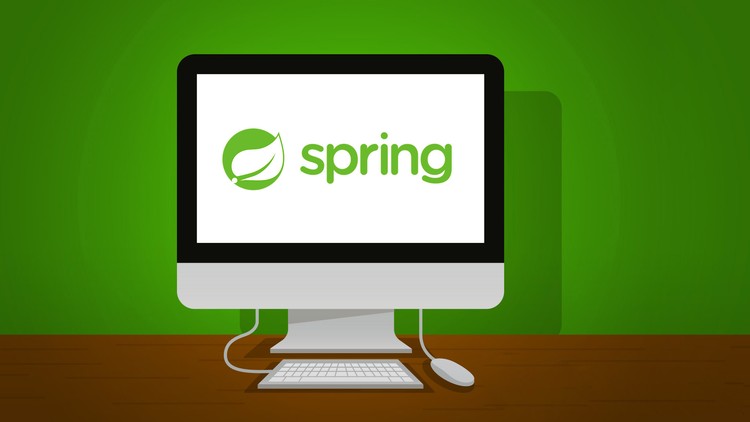
 Online course by
Infinite Skills
Online course by
Infinite Skills

 Online course by
John Thompson • 424,000+ Enrollments Worldwide
Online course by
John Thompson • 424,000+ Enrollments Worldwide
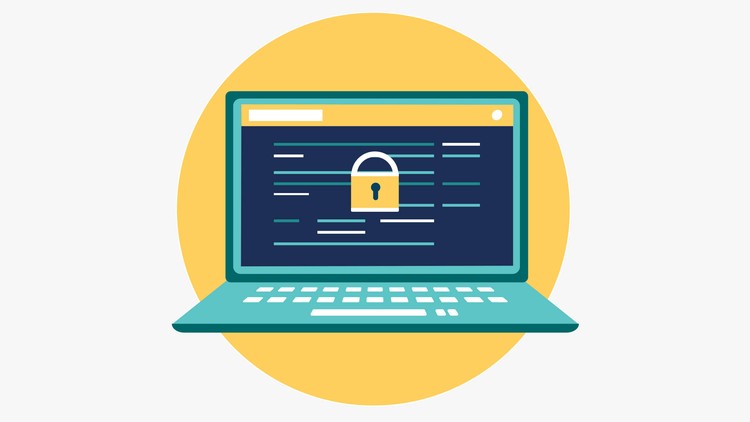
 Online course by
Trevor Page
Online course by
Trevor Page

 Online course by
Packt Publishing
Online course by
Packt Publishing

 Online course by
Packt Publishing
Online course by
Packt Publishing

 Online course by
Sanjay Patel
Online course by
Sanjay Patel
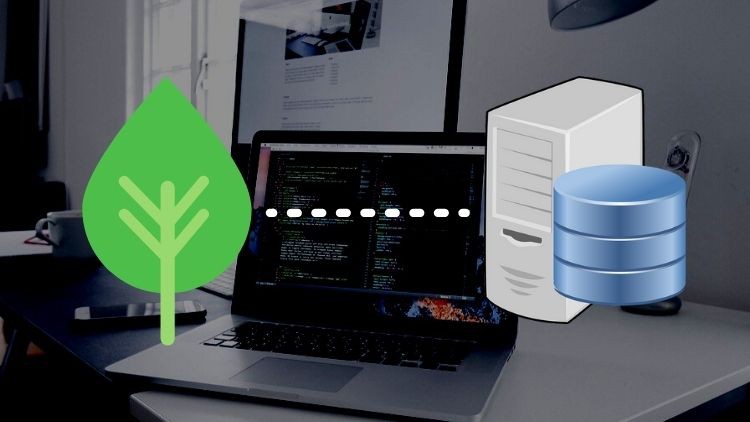
 Online course by
Karpado Official
Online course by
Karpado Official

